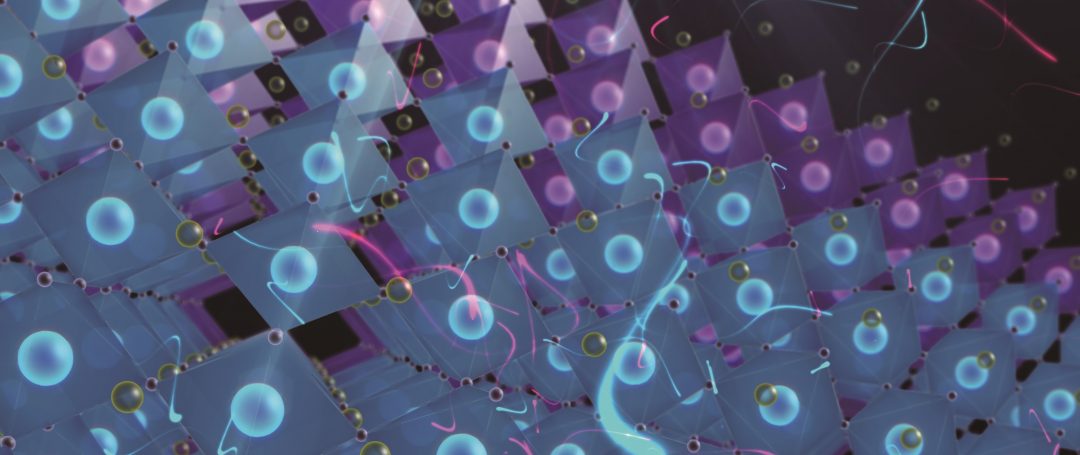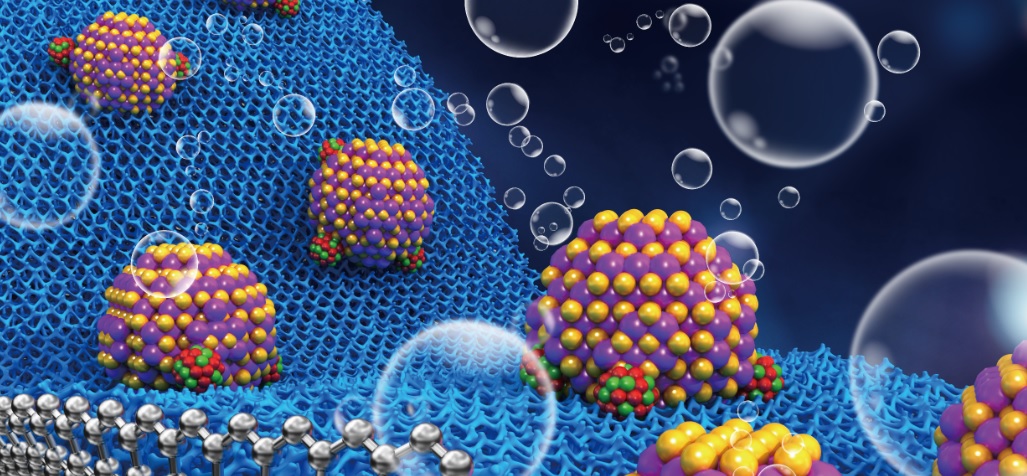Electronic structure calculations on twenty-three different transition metals illuminate the optimum dopant choices to improve electron mobility in oxide perovskite heterostructures.


Electronic structure calculations on twenty-three different transition metals illuminate the optimum dopant choices to improve electron mobility in oxide perovskite heterostructures.

CIMON is the world’s first flying, autonomous astronaut assistant featuring artificial intelligence.
![Highly-Ordered Hydrogels as Mimics for Natural Ligaments [Video]](https://www.advancedsciencenews.com/wp-content/uploads/2018/03/adma201704937_ASN_image.png)
Researchers from Hokkaido University in Sapporo, Japan, report a method to fabricate hydrogels with hierarchical fibrous structures that mimic tendons and ligaments.

In a WIREs Nanomedicine and Nanobiotechnology review, a discussion about the need for a unifying interpretation of the available experimental data regarding nanomedicines is presented.

What’s new in hydrogen production? Sustainable energy is a hot topic, and these snapshots will update you on what materials are being optimised right now for the HER.

German biotechnologists seek to recycle waste with the ultimate aim of creating a sustainable cycle of materials.
![Two-Phase Coexistence in Organometal Halide Perovskites Induces a Superlattice [Video]](https://www.advancedsciencenews.com/wp-content/uploads/2018/03/adma.201705230_ASN_image.png)
The structure of organometal halide perovskites is elucidated, revealing a coexistence of crystal phases at room temperature that induces a self-organized superlattice.
![Chiral Cellulose Films for Polarization-Based Encryption [Video]](https://www.advancedsciencenews.com/wp-content/uploads/2018/03/adma201705948_ASN_image.png)
Chiral photonic cellulose films are prepared, and their ability to reflect circularly polarized light (CPL) is explored. The films are promising for novel photonics applications, including polarization-based encryption.
![Enzyme-Like Hydrogel for Biosensing Applications [Video]](https://www.advancedsciencenews.com/wp-content/uploads/2018/02/adma201706887_ASN_image.png)
Professor Feng Zhang from Guangzhou Medical University, Professor Hao Pei from East China Normal University, and co-workers report a flexible electrochemical sensor based on a 3D-printable hydrogel. The device could be used as a glucose sensor, demonstrating its potential in biosensing applications.

Capacitive pressure sensors created from silica nanoparticles dispersed in a dielectric polymer matrix force a rethink of device design.